Try GOLD - Free
Rise of the Persian Princes
Archaeology
|July/August 2023
In their grand capital Persepolis, Achaemenid rulers expressed their vision of a prosperous, multicultural empire
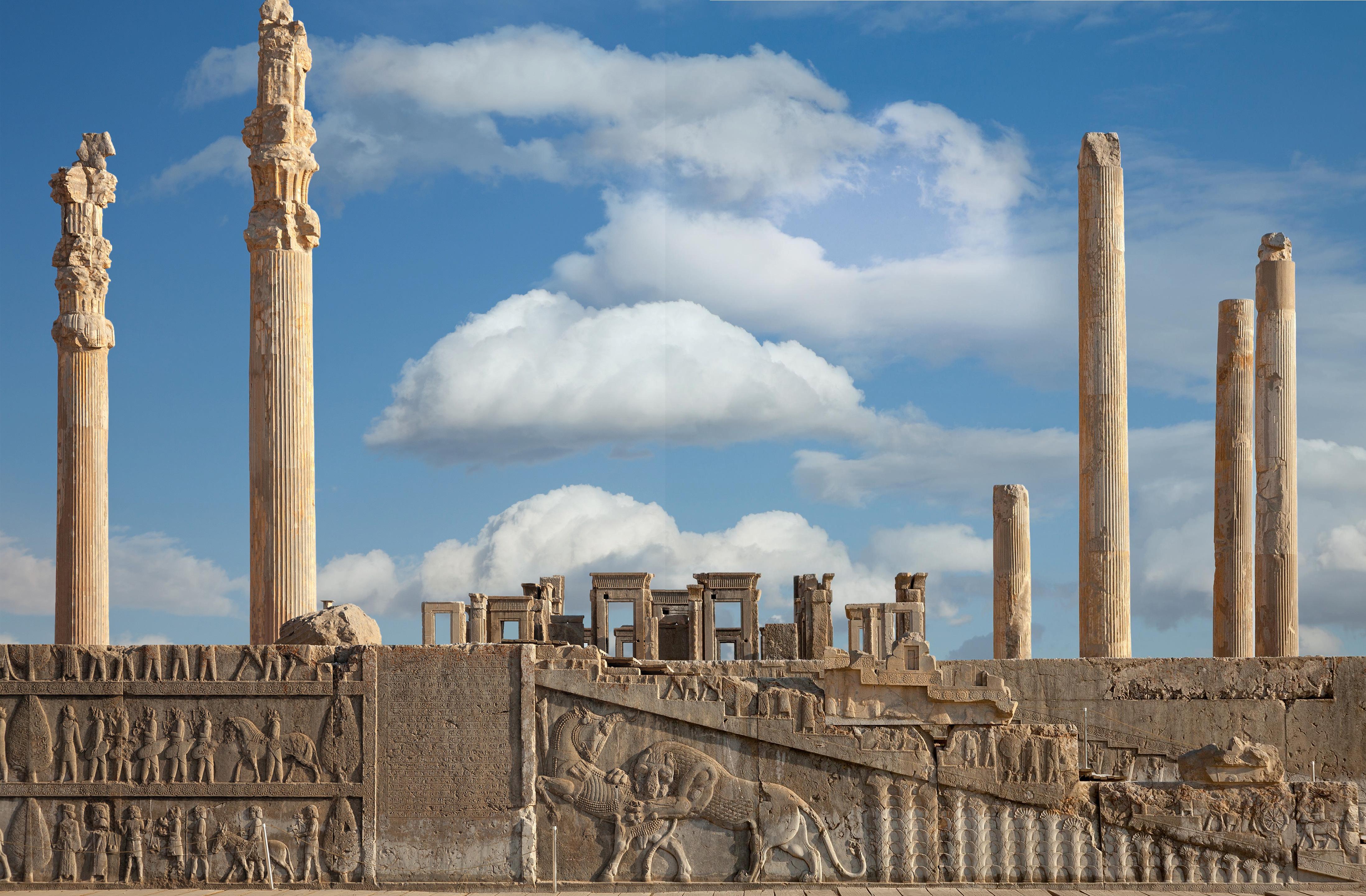
As visitors to Persepolis, capital of the Persian Achaemenid Empire, entered the city, they would approach a stone terrace on which a palatial precinct rose 40 feet above the fertile flatlands at the foot of Kuh-i-Rahmat, the Mountain A of Mercy. Bearing gifts from their homelands-perhaps a metal chalice or a braying donkey-they would ascend 63 limestone steps, pivot on a landing, then climb another 48 steps to an imposing threshold known since antiquity as the Gate of All Nations. Flanking the four-story-tall gate were statues of lamassu, winged bulls with human heads and curly beards.
The great city was founded by the Persian king Darius I around 518 B.C. in present-day Iran and construction continued for nearly 200 years. For the duration of its existence, the ever-expanding metropolis was a royal estate, a bustling construction site, and an urban center that housed as many as 45,000 residents nourished by surrounding orchards and farmlands.
Glazed bricks adorned the entryway’s interior, and two identical trilingual texts, inscribed in Old Persian, Elamite, and Babylonian, read: “I, Xerxes, the great king, king of kings, king of the countries possessing many kinds of people, king of this great earth far and wide, the son of Darius the king, the Achaemenid.” Travelers would have continued through the gate onto the royal terrace, a massive 30-acre platform filled with spacious meeting halls and palaces where reliefs depicted kings receiving attendants and taming fierce creatures. The walls would have glowed from the hues of glazed tiles, murals, and inlaid gold, silver, and precious minerals. Painted with especially vibrant blues, Persepolis was an oasis that stood out from the hazy plains, says archaeologist Alexander Nagel of the Fashion Institute of Technology.
This story is from the July/August 2023 edition of Archaeology.
Subscribe to Magzter GOLD to access thousands of curated premium stories, and 10,000+ magazines and newspapers.
Already a subscriber? Sign In
MORE STORIES FROM Archaeology
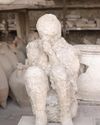
Archaeology
LEGEND OF THE CRYSTAL BRAIN
When most people envision the victims of the eruption of Mount Vesuvius in A.D. 79 that destroyed the cities of Pompeii and Herculaneum, they think of the casts of their bodies made by pouring plaster into voids left by their decaying corpses. Yet not all the physical remains of those who perished in the cataclysm decayed. In one case, a remarkable transformation occurred—a man’s brain turned to glass.
3 mins
July/August 2025
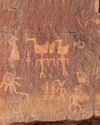
Archaeology
Birds of a Feather
Intriguing rock art in the Four Corners reveals how the Basketmaker people drew inspiration from ducks 1,500 years ago
8 mins
July/August 2025
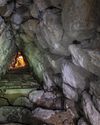
Archaeology
THE HOME OF THE WEATHER GOD
In northern Anatolia, archaeologists have discovered the source of Hittite royal power
13 mins
July/August 2025
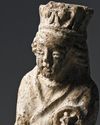
Archaeology
SAINTS ALIVE
Since 2019, archaeologists have been excavating in Berlin's oldest square, known as the Molkenmarkt, or Whey Market.
1 min
July/August 2025
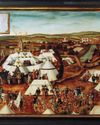
Archaeology
SOLDIERS OF ILL FORTUNE
The Schmalkaldic War, which began in 1546 and lasted less than a year, pitted the forces of the Holy Roman emperor Charles V (reigned 1519-1556) against the Schmalkaldic League, a Protestant alliance formed by German principalities and cities within the empire.
1 mins
July/August 2025
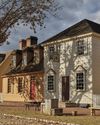
Archaeology
A NEW LOOK AT AN OLD CITY
Archaeologists are reconstructing the complicated 400-year history of Virginia's colonial capital
13 mins
July/August 2025
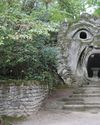
Archaeology
ITALY'S GARDEN OF MONSTERS
Why did a Renaissance duke fill his wooded park with gargantuan stone
10 mins
July/August 2025
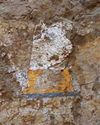
Archaeology
In Search of Lost Pharaohs
Anubis Mountain conceals the tombs of an obscure Egyptian dynasty
3 mins
July/August 2025
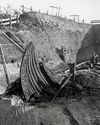
Archaeology
Setting Sail for Valhalla
Vikings staged elaborate spectacles to usher their rulers into the afterlife
15 mins
July/August 2025
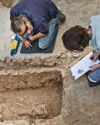
Archaeology
BOUND FOR HEAVEN
During excavations of a Byzantine monastery in 2017 just north of Jerusalem's Old City, a team led by Israel Antiquities Authority archaeologists Zubair 'Adawi and Kfir Arbiv discovered an unusual burial in a crypt beneath the altar of the complex's church.
1 mins
July/August 2025
Translate
Change font size
